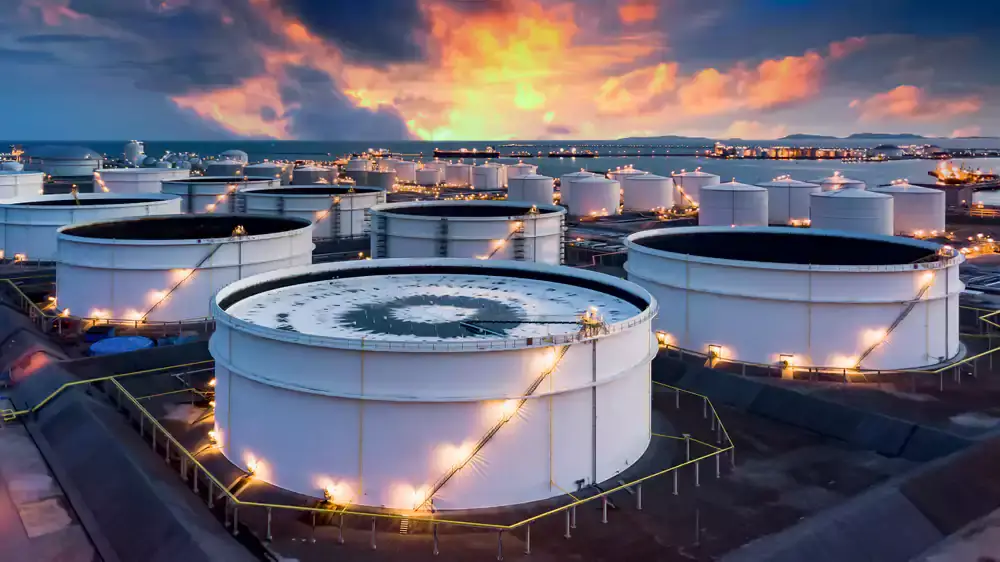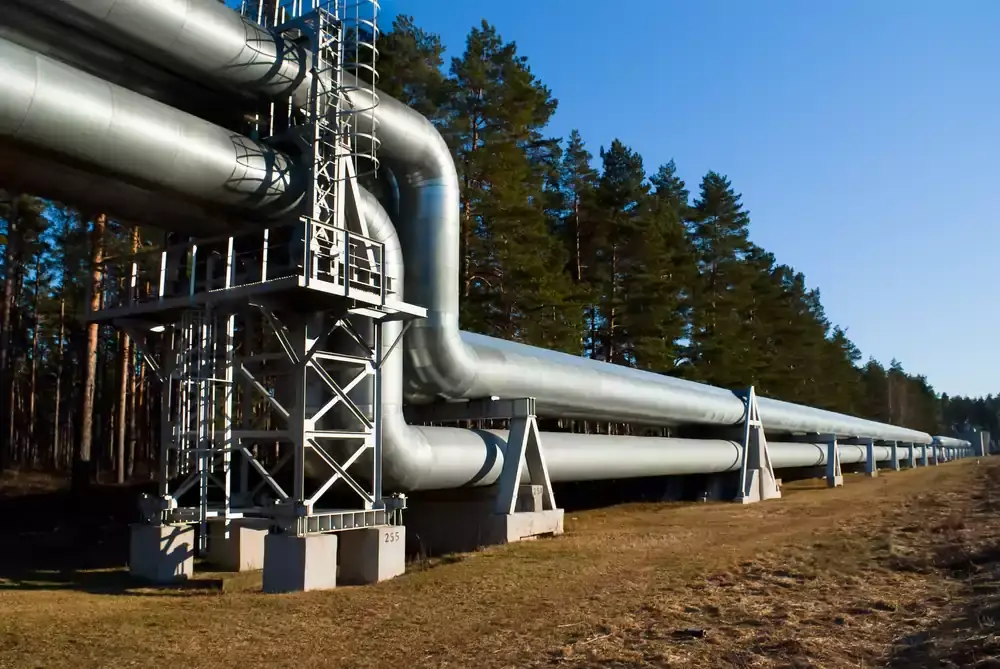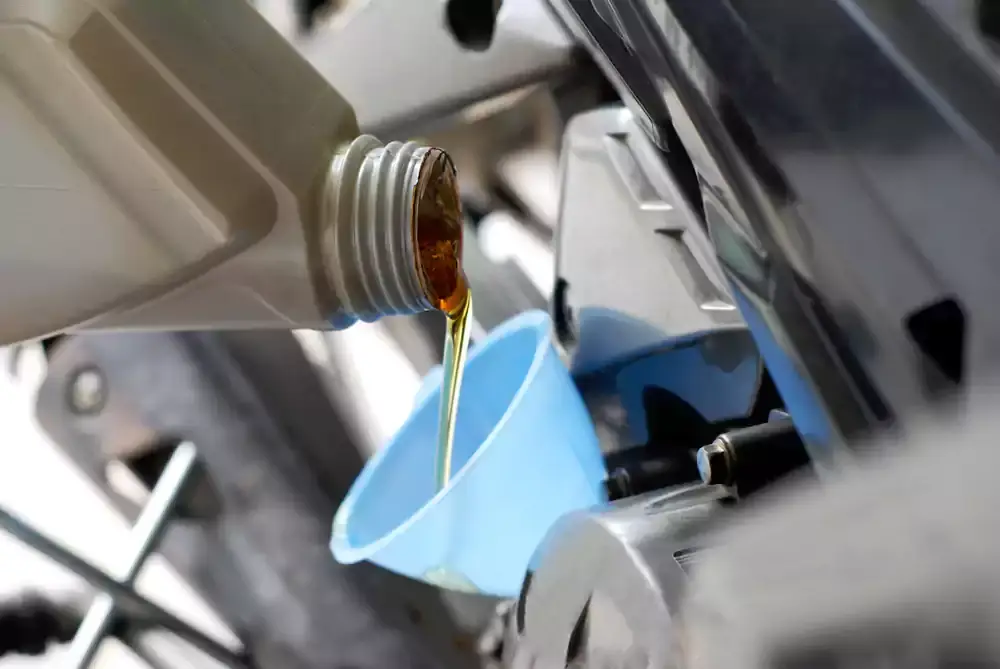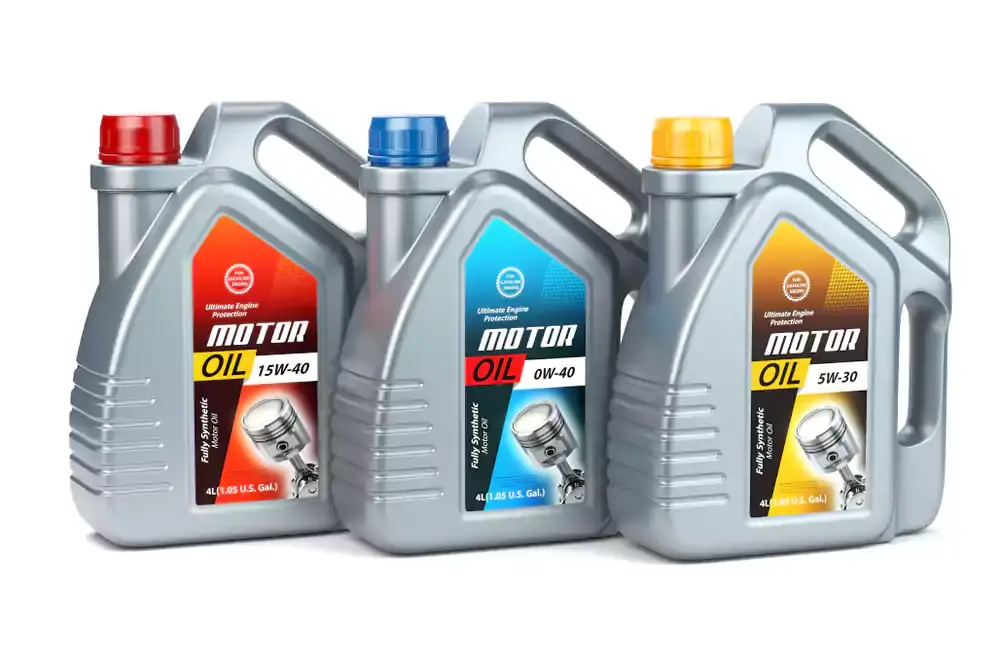In the intricate web of industries relying on various oils, adequate storage and transportation methods play a pivotal role in ensuring the seamless flow of these valuable resources.
From vast storage tanks to specialized containers and a myriad of transportation modes, the world of oil management is as diverse as the liquids it contains. In this blog, we’ll explore different kinds of storage for oils and the transportation methods that facilitate their journey from production sites to end-users.
Oil Storage: Preserving Liquid Gold
Above-Ground Storage Tanks (ASTs):
Widely used for their cost-effectiveness and ease of installation, ASTs are commonly employed for storing large quantities of oil. These tanks can be vertical or horizontal, with capacities ranging from a few hundred to several thousand barrels. ASTs are prevalent in industries such as petroleum, chemicals, and agriculture.
Underground Storage Tanks (USTs):
Ideal for space-saving and aesthetic considerations, USTs are buried below the ground, preserving valuable surface space. Commonly used for storing fuels like gasoline and diesel, USTs are equipped with advanced monitoring systems to detect leaks and ensure environmental compliance.
Drums and Barrels:
For smaller quantities of oil, drums, and barrels are convenient storage solutions. These containers, typically 55 to 110 gallons, are widely used in manufacturing, automotive, and agriculture industries. Their portability allows for easy handling and transportation of oils.
Intermediate Bulk Containers (IBCs):
IBCs Combine the convenience of drums with larger storage capacity. IBCs are intermediate-sized containers, usually mounted on pallets for easy transport. These containers are stackable, making them efficient for storage and transportation in various industrial applications.
Railcar Tanks:
Railcar tanks mounted on trains transport large volumes of oil over long distances. These tanks are designed to meet safety standards and regulations, ensuring the secure transportation of oils, including crude oil and refined products.
Tanker Trucks:
Tankers or tank trucks are standard on roads, transporting liquids in bulk quantities. These trucks are equipped with specialized tanks; these trucks are crucial for delivering oils to various destinations. Tanker trucks are widely used to transport fuels, lubricants, and other liquid products.
Oil Transportation: Liquid Highway
Pipelines:
Pipelines are the most efficient and cost-effective means of oil transportation. Pipelines cross the globe, connecting production sites to refineries and distribution centers. Pipelines are known for their capacity to transport large volumes and minimize environmental impact.
Tanker Ships:
Tanker ships are indispensable for the international transport of crude oil and petroleum products. These vessels come in various sizes, from small coastal tankers to mammoth Very Large Crude Carriers (VLCCs), ensuring the global oil flow from oil-producing regions to refineries and end-users.
Rail Transportation:
Rail transportation is crucial in moving oil across land, especially in regions without extensive pipeline infrastructure. Railcars equipped with specialized tanks enable the efficient and flexible movement of oils, catering to diverse industries.
Tanker Trucks on Roads:
Trucks navigate roadways to deliver oils to local destinations, including gas stations, industrial facilities, and manufacturing plants. The flexibility and accessibility of tanker trucks make them essential for last-mile delivery and reaching locations not served by pipelines or railroads.
Other Pipelines:
Besides above-ground storage, pipelines are integral to oil transportation. These underground conduits transport various oils, from crude oil to refined products, efficiently and cost-effectively, ensuring a continuous flow throughout the supply chain.
Challenges and Innovations:
While these storage and transportation methods are vital for oil management, challenges such as spills, leaks, and environmental impact necessitate ongoing innovations. Advanced monitoring systems, safety protocols, and investments in sustainable practices are crucial to minimizing the ecological footprint of oil storage and transportation.
Conclusion: Navigating the Liquid Landscape
In the dynamic world of oil management, many storage and transportation methods ensure the efficient flow of these precious liquids. From the towering tanks that store vast quantities to the intricate network of pipelines and the fleet of specialized vehicles, each component plays a role in meeting the demands of industries and consumers.
As technology continues to evolve, the challenge remains: to balance the growing need for oil with sustainable practices that safeguard our environment for future generations.
For any queries or concerns, please reach out to us at your earliest convenience.





